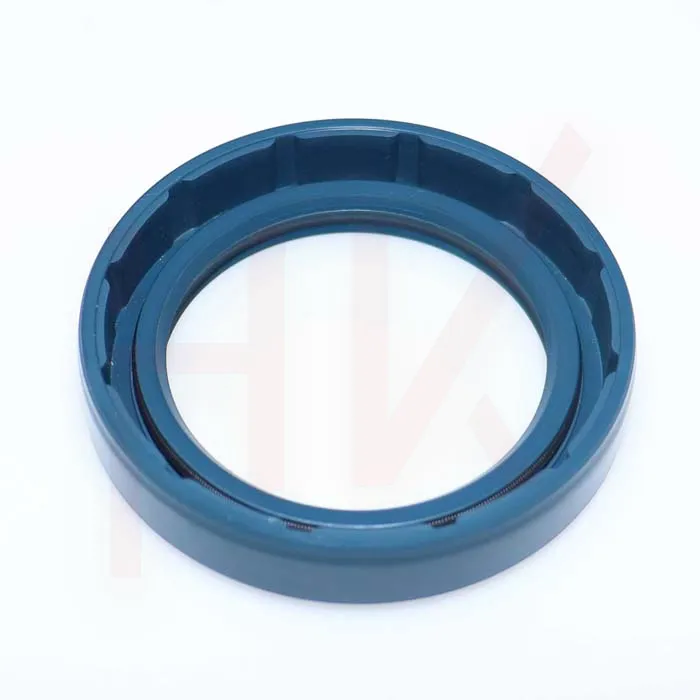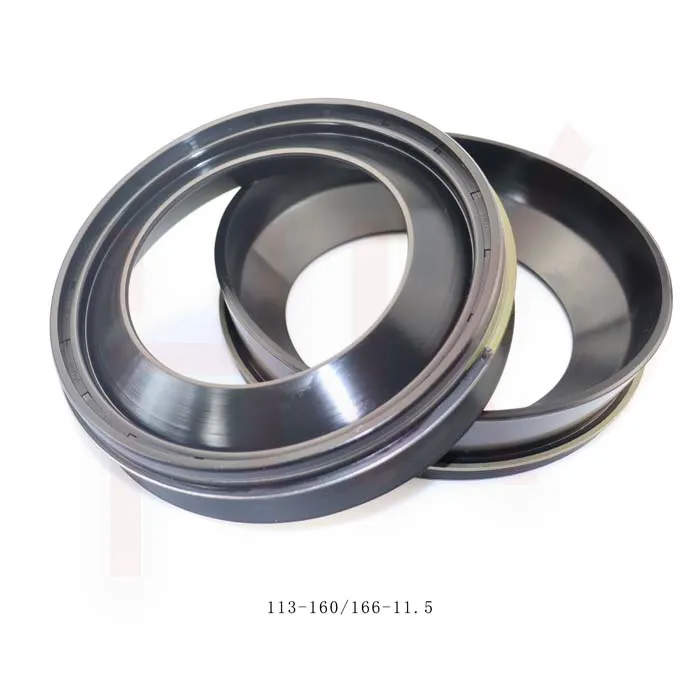Dec . 02, 2024 08:14 Back to list
shaft wiper seal
Understanding Shaft Wiper Seals Importance, Design, and Applications
Shaft wiper seals play a crucial role in various mechanical systems, particularly in hydraulic and pneumatic applications. These seals are designed to prevent contaminants, such as dust and moisture, from entering the internal components of machinery while simultaneously keeping lubricants contained. In this article, we will delve into the significance of shaft wiper seals, their design features, and the applications they serve across different industries.
Importance of Shaft Wiper Seals
The primary function of shaft wiper seals is to protect moving parts of machinery from external contaminants. In environments where dirt, dust, or water can compromise the integrity of hydraulic cylinders or bearings, wiper seals act as the first line of defense. By preventing the ingress of foreign particles, they help in maintaining the performance and longevity of mechanical systems.
Additionally, wiper seals contribute to the efficiency of machines. By keeping lubricants where they are needed, these seals reduce friction and minimize wear on components, which leads to enhanced operational efficiency. This is particularly important in machines subjected to high speeds or heavy loads, where any loss of lubrication can result in severe damage.
Beyond protection and efficiency, wiper seals also play a role in safety. In many industrial settings, failing equipment due to contamination can lead to catastrophic failures, posing risks to both personnel and machinery. Properly functioning wiper seals help mitigate these risks, ensuring that equipment operates reliably.
Design Features of Shaft Wiper Seals
Shaft wiper seals come in various designs and materials, tailored to meet specific application requirements. Typically, these seals consist of two main components the sealing lip and the body. The sealing lip is designed to make contact with the shaft, while the body is secured to the housing or the casing of the machinery.
1. Material Selection The choice of material for shaft wiper seals is crucial. Common materials include rubber compounds, polyurethane, and PTFE (Teflon). Each material offers different properties in terms of temperature resistance, chemical compatibility, and elongation. For instance, PTFE seals are excellent in high-temperature environments, while rubber seals can provide robust performance in standard operating conditions.
2. Sealing Lip Design The design of the sealing lip can vary according to the specific requirements of the application. Some wiper seals feature a single lip, while others may have multiple lips to provide enhanced protection against dirt and contaminants. The angle and profile of the sealing lip also influence performance; a properly designed lip minimizes wear while maximizing the wiping action.
shaft wiper seal

3. Dynamic and Static Applications Wiper seals can be effectively utilized in both dynamic (moving) and static (stationary) applications. In dynamic applications, such as hydraulic cylinders, the seal must maintain its integrity under constant movement. In contrast, static applications may focus more on providing a barrier against dust and moisture when components are not in motion.
Applications of Shaft Wiper Seals
Shaft wiper seals are used across a vast array of industries, each with unique operational environments and challenges
1. Automotive Industry Wiper seals are commonly found in automotive applications, particularly in power steering systems, suspension components, and automatic transmissions. They help protect critical components from road debris and moisture, ensuring smooth operation.
2. Manufacturing and Industrial Equipment In manufacturing settings, wiper seals are used in hydraulic presses, conveyors, and CNC machines. These seals prevent the entry of dirt and lubricants, maintaining machinery efficiency.
3. Aerospace and Aviation The aerospace industry places extreme demands on mechanical components. Shaft wiper seals are utilized in landing gear systems and control surfaces to ensure that lubrication remains intact while protecting parts from environmental challenges.
4. Construction Machinery Excavators, bulldozers, and cranes all use hydraulic systems that incorporate wiper seals to protect against dust and mud prevalent on construction sites.
Conclusion
In conclusion, shaft wiper seals are an essential component in the maintenance and operation of various mechanical systems. Their ability to keep contaminants at bay while retaining lubricants significantly contributes to the performance, longevity, and safety of machinery. With advancements in material science and seal design, the effectiveness of wiper seals continues to evolve, meeting the demands of increasingly complex applications across multiple industries. As technology progresses, the essential role of shaft wiper seals in producing reliable and efficient machinery will remain unparalleled, cementing their importance in modern engineering.
-
Reliable Oil Seal Wheel Hub Solutions for Industrial & Automotive Use
NewsNov.17,2025
-
Durable Front Hub Oil Solutions for Industry – HKAiSeal
NewsNov.17,2025
-
Wholesale Hydraulic Pump Motor Seal Kit A4VSO250 | In Stock
NewsNov.17,2025
-
Pump Seal Kits: Essential Components for Industrial Reliability
NewsNov.17,2025
-
TCV Oil Seal - Double-Lip, Spring-Loaded, High Temp & Wear
NewsNov.17,2025
-
Hydraulic Seal Kits: Reliable Solutions for Industrial Equipment
NewsNov.17,2025
-
Combined oil seal 659214 12001903B, fits 119990, NBR OEM
NewsNov.17,2025
Products categories
















